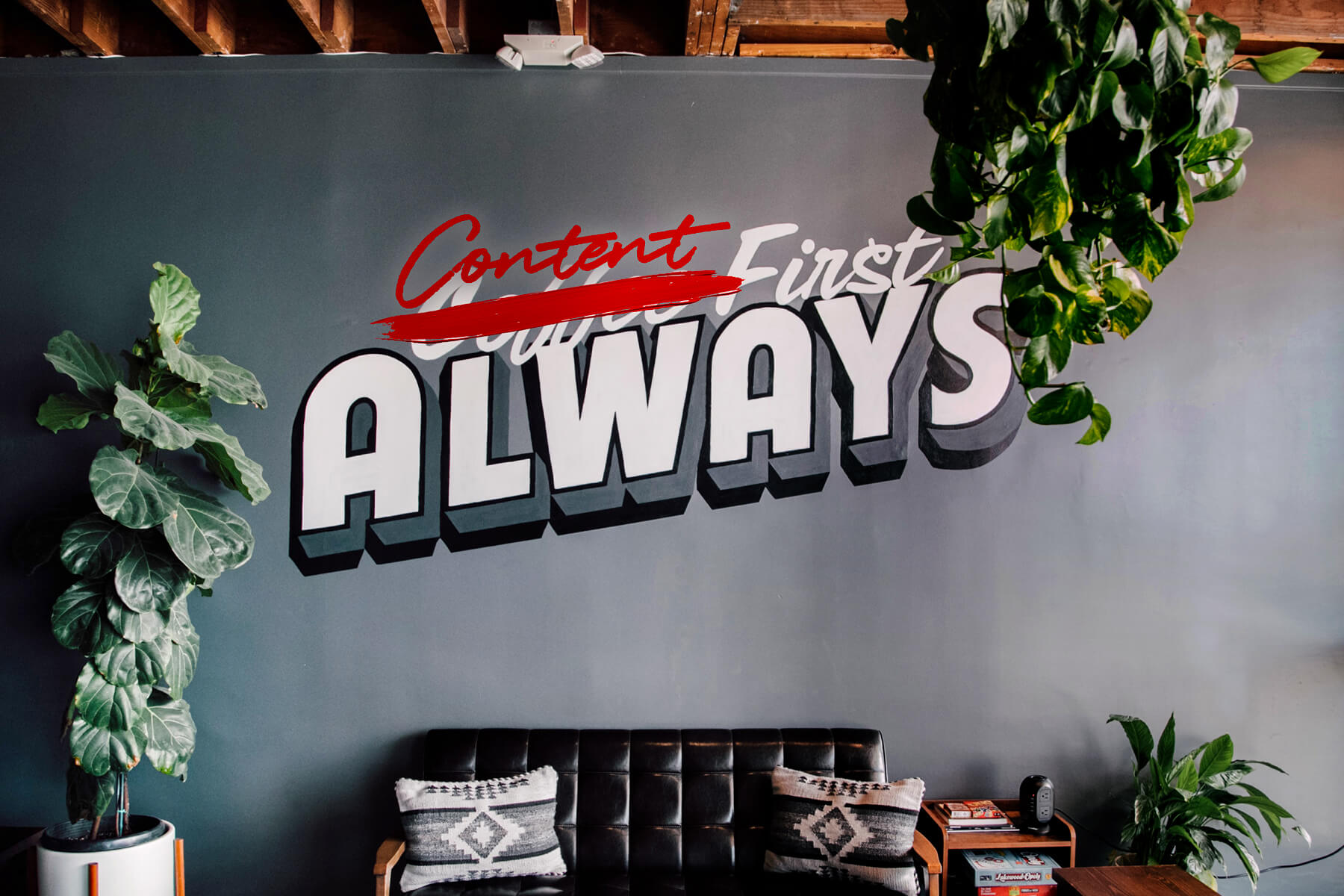Thanks!
We got your message and will be in touch as soon as possible.
Nice to meet you!
We'd love to hear more about you and your ideas.
The Latest

18 Sep 23
|
Article
The power of the “Content First” design approach
'Roundup' is the collection of key stuff we've either been reading, discussing or working on during the month at Avenue.
Your business is unique, and so should be your website.
At the heart of creating an effective website for your business lies the “Content First” design philosophy.
Why choose the Content First approach?
The Content First approach is all about putting the spotlight on your value proposition message and how your service or product benefits your target audience. Your website can then be designed to complement and amplify that communication.
Here’s why this strategy is crucial:
Highlighting Your Unique Value Proposition (UVP)
A website should clearly convey what sets a business apart. By designing around the content that encapsulates your UVP, you make sure it stands out.
Creating a Cohesive Brand Experience
Your content represents your brand voice. By prioritizing it, the design seamlessly melds with your brand’s messaging, creating a consistent and memorable user experience.
Your website should clearly convey what sets your business apart. Using a “Content-first” approach allows you to design so oyu emphasise the content that encapsulates your Unique Value Proposition.
The downfalls of purchased web theme templates
At first glance, web themes/templates might seem like a quick and easy solution. However, they come with inherent flaws:
The “one size fits all” approach compromises your message
Web theme templates, by nature, are designed to cater to a broad audience. This generic approach often requires businesses to fit or trim their content to the template’s constraints, which can dilute the message.
Bloated & clunky code = a slow website
Many templates come packed with unnecessary features and plugins to make them attractive to a wider range of users. This “bloat” can slow down your website significantly.
User Experience (UX) Pitfalls
Slow website speeds, resulting from the aforementioned bloated code, can frustrate users. A mere few seconds delay in page load can mean the difference between a new customer and a lost opportunity.
For those keen on delving deeper into the correlation between web speed and user retention, check out our article: “A slow website = lost customers“. It offers insights into why speed is not just a metric, but a vital component of user satisfaction.

Content should dictate Design, not vice versa
Embracing a Content First approach is about ensuring that the website truly represents the business it stands for. This strategy emphasizes the importance of custom web design that prioritizes content, delivering an authentic, fast, and user-friendly experience.
